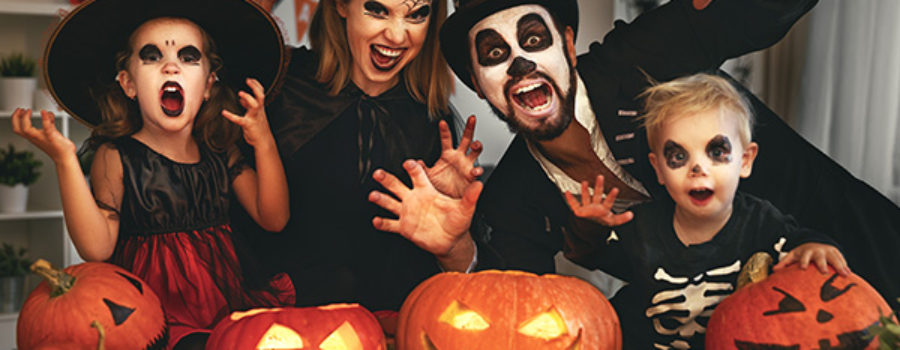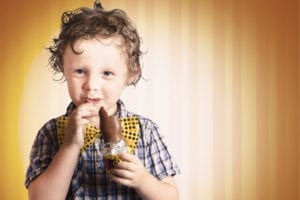It’ll be Halloween next week, and that means the streets will be filled with tyke sized ghouls and goblins with their outstretched bags waiting to be filled with plaque-inducing and cavity-encouraging candy! Okay, even dentists should lighten up when it comes to Halloween, so we’ll turn a blind eye if you promise to help your little ones take extra good care of their teeth!
Did you ever wonder about the origins of Halloween or how Halloween is celebrated in other parts of the world? Read on, unless you’re too scared …
The Origins of Halloween
Most stories trace Halloween back to the Celtic festival of Samhain (pronounced sah-win) some 2,000 years ago.
The Celts celebrated their new year on November 1, a date that Pope Gregory III designated as All Saints Day. November 1 was celebrated because the Celts believed it marked the end of the summer and the fall harvest, and the beginning of the cold, dark winter. In Celtic tradition, it was believed that the ghosts of the dead returned to earth the night before new year, during the Samhain celebration. Celts would leave food and wine on their doorsteps to appease roaming spirits so they wouldn’t enter their homes. They would wear masks when they left their homes so they would be mistaken for fellow ghosts.
Later, the Christian church would call the November 1 new year All Saints Day, which became commonly known as All Hallows Day, making Hallows Eve the evening before All Hallows Day. Hallows Eve later became commonly known as Halloween.
Halloween Traditions from Around the World
While not a worldwide celebration, Halloween is observed in many different parts of the world and many traditions have been created in celebration of Halloween.
Mexico and parts of Latin America celebrate Dia de los Muertos during the first two days of November. Dia de los Muertos translates to Day of the Dead, and the traditions was based on the belief that the Gates of Heaven opened at midnight on October 31 and the souls of deceased children return to Earth to reunite with their families. On November 2, souls of deceased adults return to Earth. People celebrate Dia de los Muertos by leaving out fruits and nuts, a special holiday bread called pan de muerto (bread of the dead), and other treats.
Halloween has only recently caught on in Japan, where the ritual has been celebrated for the past 21 years by the Kawasaki Halloween Parade. This isn’t just an ordinary Halloween parade, though: this parade has strict admission standards and participants must apply to participate in the parade two months ahead!
Halloween has a strong connection to Dracula in Romania. Folklore has it that Vlad “The Impaler” Tepes, or Count Dracula as he was more popularly known, lived at Bran Castle in Transylvania, Romania. Tour guides offer tours and parties at Count Dracula’s castle during the days around Halloween. But don’t let pop culture mislead you about Vlad “The Impaler” being a vampire: Vlad Tepes was more known for his harsh punishments than his thirst for blood, giving rise to the term ‘Draconian’ to describe a severe punishment.
A Halloween Tradition That Should Celebrated Worldwide
While Halloween is celebrated differently in different parts of the world, there’s one Halloween tradition that we think we should be celebrated everywhere: making sure kids are taking some extra time to brush their teeth after partaking in all of those sugary delights!
As your kids will spend the days and weeks following Halloween enjoying all of the chocolates, gummies, lollipops and other delights that they were able to collect, make sure they’re brushing their teeth at least twice each day and flossing at least once a day.
The origins of Halloween might have some scary beginnings, but your children’s oral health shouldn’t!
With offices conveniently located in Milton and Scarborough, Orion Dental provides a full range of dental services for the whole family. Kids love our family friendly dental clinics, so if you’re looking for a family dentist to help take care of your little one’s teeth, give us a call and book an appointment!








